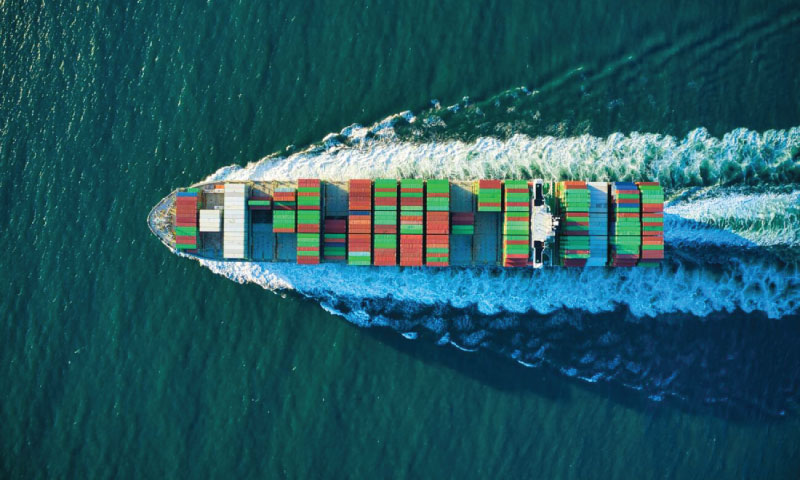
China-Canada Shipping
Sea freight from China to Canada and vice versa is an incredibly vital stage in the international trade process, providing essential goods to Canada and European countries. However, it's becoming increasingly challenging to ignore the fact that ships predominantly burn heavy and dirty fuels. As a result, nitrogen oxides, sulfur dioxide, carbon dioxide, and other substances are released into the atmosphere, directly impacting the greenhouse effect. This is one of the five key issues in modern shipping, compounded by the fact that such fuel also emits soot — fine dust particles that pollute the air.
Scientists worldwide are raising alarms. Numerous studies indicate an urgent need to transform sea freight practices qualitatively. Climate change discussions have not escaped the attention of governments, leading to the implementation of initial legislative changes and regulations. These changes are already in effect, allowing companies time to adapt to new requirements. Notably, by 2029, a plan to ban the use of heavy fuel and replace it with more environmentally friendly alternatives will be fully implemented. These changes were advocated by international UN experts. International partnerships and initiatives between China and Canada have also directed their efforts toward ensuring environmental sustainability in their maritime activities.
What are the new rules and requirements for fuel usage in shipping?
The plan proposed by experts includes changes such as:
- Reducing black carbon emissions, which not only pollute the atmosphere but also settle on Arctic ice;
- Optimizing routes and utilizing innovative solutions in logistics systems;
- Using Clean Fuel Standards (CFS) in international shipping;
- Canada enacted a law on greenhouse gas pollution tariffs;
- In the future, reducing energy consumption, using energy-efficient and green technologies, and employing alternative energy sources.
These and other changes will occur gradually, adapting the industry to new standards. Given the significant public initiative and attention to the issue of clean fuel usage, the transformation of shipping is inevitable. It is expected that ocean freight services will become much more environmentally friendly within the next decade: Canada and China, whose economies heavily rely on the quality of cargo delivery via maritime routes, are working on this.
Additional Environmental Sustainability factors
China and Canada are implementing additional measures to reduce waste and provide safer working conditions on ships to ensure ecological shipping. Experts note significant progress in these aspects:
- Using eco-friendly packaging with recyclable or biodegradable materials. Canadian researchers are also initiating the use of reusable packaging.
- China is exploring the possibility of using natural gas as fuel for vessels, while Canada is focusing on renewable energy, including researching the use of biofuels and hydrogen instead of dirty fuels.
- These countries actively exchange experiences and collaborate with environmental organizations, shipping companies, and other stakeholders to unite efforts and achieve efficiency.
So, the partnership experience between Canada and China in establishing safe and eco-friendly shipping can be considered exemplary. Many challenges still exist in this industry, but even the intermediate results of cooperation are already improving the maritime sector.